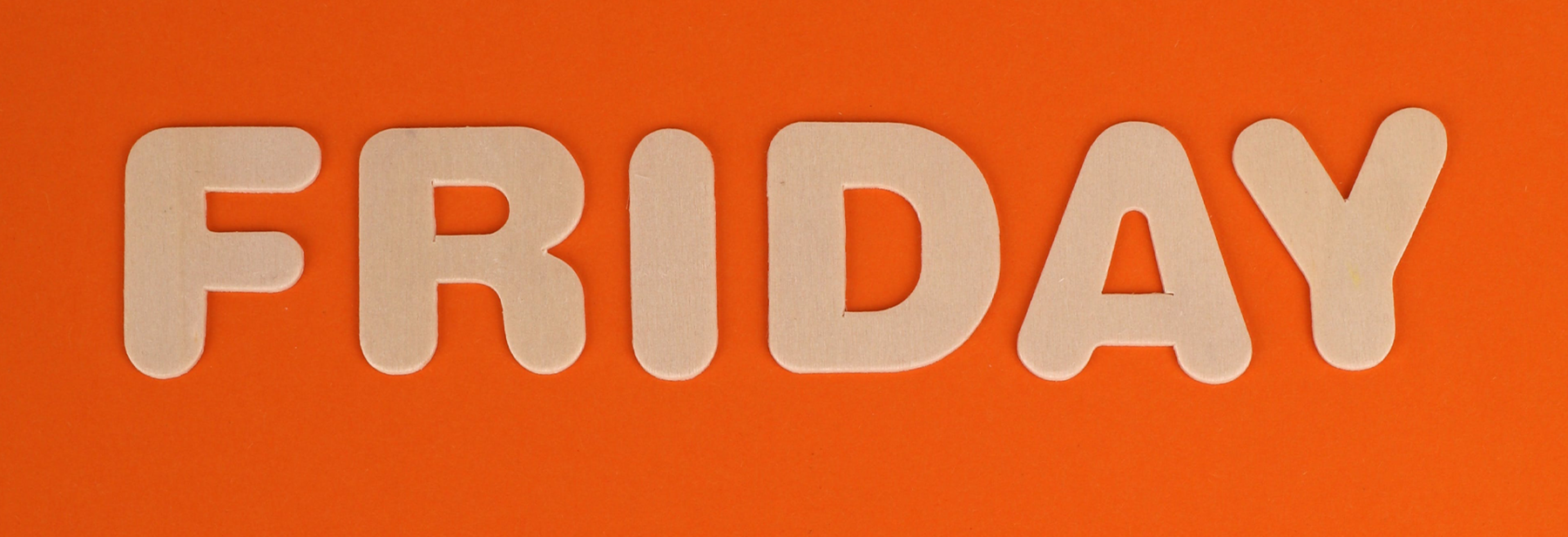
ServiceFriday: The Downside of Beauty – Server Attractiveness and the Taste of Your Food
Businesses and researchers know that beautiful environments – attractive colors, artful shelf displays, pleasing sounds and smells – affect customer behavior and enhance the consumption experience. Many restaurants have adopted the strategy, employing good-looking servers and bartenders in an effort to please customers and garner good word-of-mouth. Research has shown that many customers believe physically attractive employees provide better service than unattractive employees. But do the positive reactions to a pretty server carry over to customer impressions of the food or beverage?
A study published in the Journal of Service Research reports that attractiveness does not always positively affect a customer’s response to the food. In fact, it matters whether the customer is a man or woman, and whether the food itself lives up to expectations.
“Despite the wealth of evidence that attractive servers generally enhance the overall experience, to our knowledge no work has examined whether this cue has an effect on sensory perceptions like taste,” the researchers wrote. This is an important issue for restauranteurs, because repeat business depends on customers enjoying the food and telling others about it. And in fact, the impact of good-looking servers is a “novel phenomenon,” researchers wrote – and not always good news for the restaurant.
Customers form expectations about restaurants based on cues such as service quality, atmosphere and reviews by other diners. The researchers discovered that the physical attractiveness of employees can be one of those cues. Only male customers are susceptible, however. The study showed that men form positive expectations about the food based on the attractiveness of the server, but only if the server is female. Those high expectations then impact the dining experience for the men. For women other attributes, like loudness or location, are more important.
For men, “if the food items consumed are pleasant tasting, the experience will be consistent with expectations, leading to more positive evaluations of the food,” researchers wrote. However, if the food doesn’t taste good, the gap between their high expectations and reality leads men to evaluate the meal negatively.
Managerial implications
The research provides important insight to managers, but the findings are nuanced. “Understanding that [attractive servers] may not always result in the positive outcome anticipated should be useful from a strategic point of view,” they wrote.
The novelty of the research is that for men, a beautiful server “did not uniformly make the food taste more pleasant,” they wrote. Instead, the presence of an attractive female server makes the male customer’s reaction to food more extreme: good-tasting food will taste better, but unpleasant food worse. Researchers recommend that if a business highlights its attractive servers, it should take great care to be sure that the food is uniformly excellent.
Researchers also had advice for restaurants and coffee bars who offer unusual foods, such as goat cheese and beet ice cream, who also want to employ attractive servers. The study shows that the beauty effect they uncovered “only occurs in individuals who do not enjoy thinking tasks.” To eliminate a possible extreme negative reaction, those businesses should encourage employees to engage customers in conversation.
For the full version of this fascinating study, see the Journal of Service Research. (A fee may apply.)